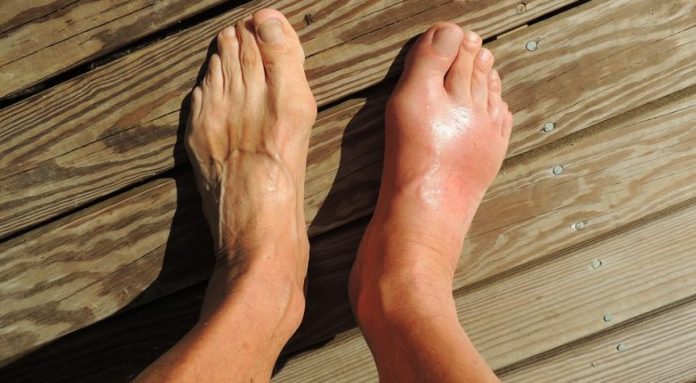Sometimes, people have discolored toenails. This is not necessarily a fungal infection.
It is necessary to differentiate the common signs of toenail fungus as early as possible because once toenail fungus has taken hold it can be difficult to eradicate.
In general, the longer toenail fungus is left untreated the longer the treatment will have to be.
The most common signs of toenail fungus are a yellow or brown discoloration of the nail.
This is followed by thickening of the nail, dryness of the nail, and accumulation of layers of material under and along the nail.
The nail may become brittle and break or crumble. A health care expert or podiatrist can diagnose toenail fungus almost at a glance.
Your health care provider should be able to help you find the best treatment for your toenail fungus.
Depending on how long the fungus has gone unchecked, you may be in danger of losing your nail.
The other risks of leaving nail fungus unchecked include the possibility of it spreading to other nails on the foot.
Signs of fungal infection usually occur first on the big toe. Many fungal infections are found exclusively in the big toe, and do not affect other toes on the foot.
Your health care provider will be able to tell whether the fungus is actually toenail or if it is athletes foot (a common misdiagnosis).
After feet and nails are examined your health care provider may trim away as much of the nail as possible to prevent the infection from spreading, and to prepare the nail for treatment.
Fungi can live undetected for many months lying on a nail bed, just waiting for the opportunity to strike, so taking some preventative measures before it actually occurs, including proper inspection of toes, feet and shoes, decrease the chance of developing this or any other fungal infection.
Avoid walking barefoot in public facilities, particularly if they are places with moist conditions, such as showers, locker rooms or pools, and always be aware of the signs of toenail fungus. Always be sure to dry feet thoroughly after showering.
Contact your health care provider as soon as possible if you believe you may have a fungal infection in your toenail, or if you have any concerns about other complaints such as in growing toenails.
It is always better to raise your concerns early to avoid prolonged and uncomfortable treatment later on.

